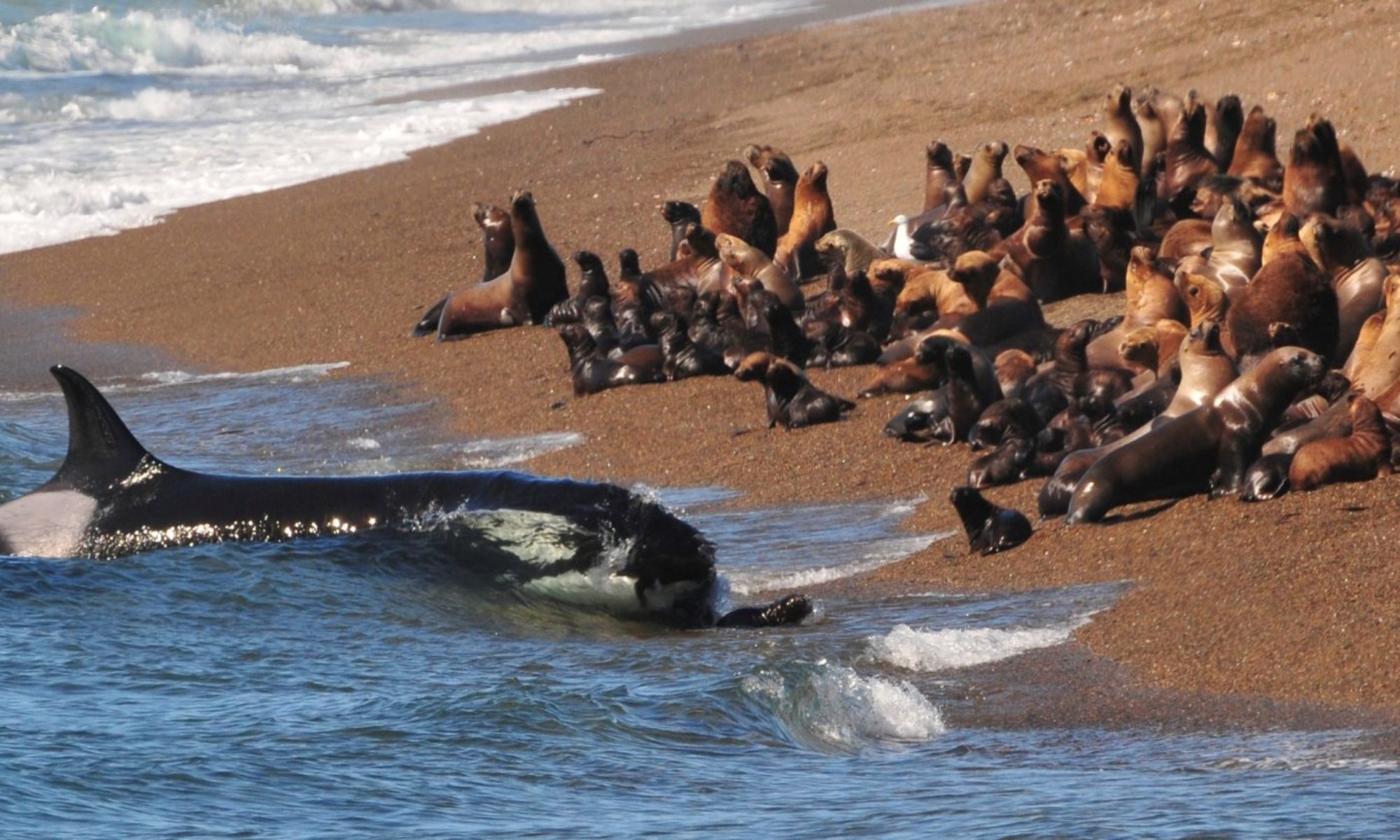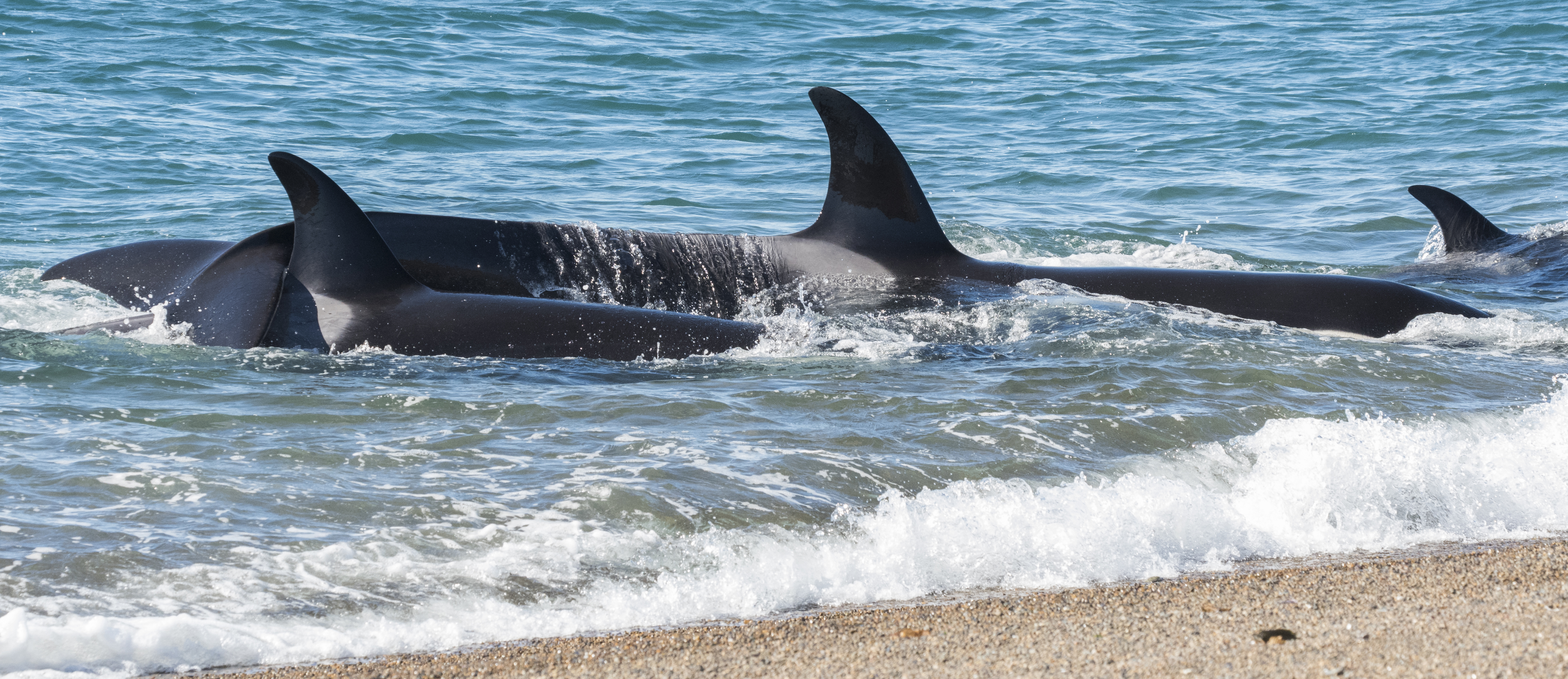Frequently Asked Questions

~ When do you study / research the orca?
We are a volunteer organization and as such, most of us are not on location all year. We live in various places around the world and arrive at Punta Norte in Feb/March and typically stay until April. One of our team members (Juan Copello) lives at Punta Norte, so he is there most of the year.
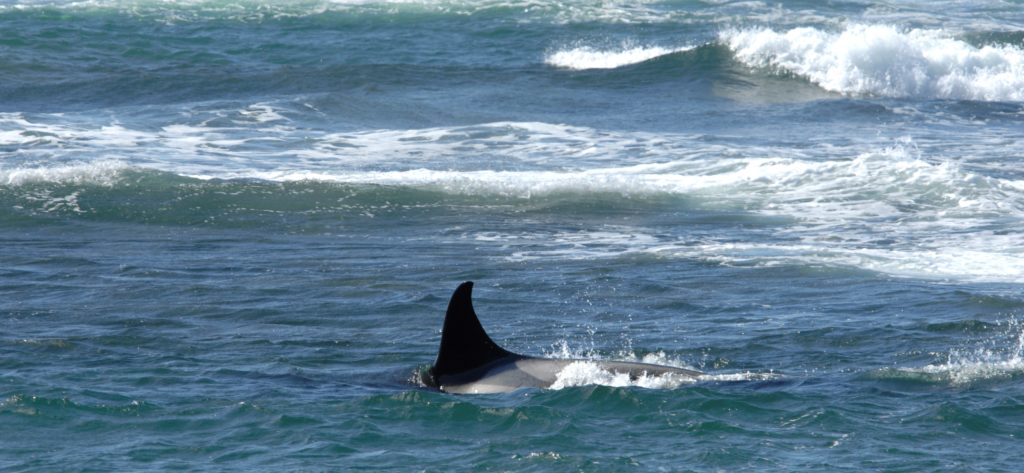
~ When do the orca come to Punta Norte?
There are four factors which strongly influence when the orca arrive and hunt at Punta Norte. They are;
~THE TIME OF THE YEAR~ February-May are the four main months when the orca intentionally strand to hunt. This correlates with the pupping season for the Southern sealions (Otaria flavescens). The pups are born in January and begin learning to swim a few weeks later. These youngsters are the sealions which the orca typically hunt (although the orca may occasionally chase juveniles and adults, they do not do this frequently). Orca can also be seen at other times of the year, but they do not visit as regularly as during February-May.
~THE WEATHER~ Strong winds from any of the Northerly directions (e.g., North, North West, North East) create large waves on the beaches making it harder for the orca to hunt there. The current theory about how the orca hunt involves the orca passively listening for the noises that the sealion pups make in the shallow waters edge. Larger waves may mask this faint noise, making it harder for the orca to locate the pups. And the larger waves may pose a higher risk for the orca in terms of them getting permanently stranded during an intentional stranding to take sealion pups. If you want to know the weather forecast for Península Valdés, we suggest you check out meteored.com.ar and select ‘Loberia’ (on the far right) which will give you predictions for up to a week.
~THE TIDES~ There are rocky reefs next to the beaches and the orca must navigate over these to get to the beach and to hunt. Depending on the exact beach, typically the orca can start hunting three hours before high tide, until three hours after high tide. If you are wishing to correlate your arrival with this time, there are a few sources you can use to get tidal information. One is peninsulavaldes.org.ar which has monthly tidal charts, or you can go to www.hidro.gov.ar and look for the tides for Puerto Madryn. If you choose this option you must add 3 hours and 20 minutes to the high tide time for Puerto Madryn, to give you the high tide at Punta Norte.
~THE ‘ORCA FACTOR’~ There are aspects of the orca and their movement for which we have no information. The other three conditions (time of the year, weather, tide) may be perfect and yet the orca do not show up. We know that orca in Argentinean waters also feed on other prey, such as sharks, fish, birds and dolphins, so this may be what the orca are doing – seeking alternative food elsewhere. We have evidence that some of the orca are moving at least 150 km away from the Punta Norte area, but they may be travelling much further afield.
REMEMBER: If you are driving out to Punta Norte the roads are unsealed and weather can influence when they are open. We strongly suggest you check peninsulavaldes.org.ar which has road condition information. Also see our ‘Location‘ page for a few details.

~ How often do the orca show up and where can I get information about their sightings?
We are a volunteer organization with limited staff and we are out in the field as much as possible. Additionally, when conducting our field research at Punta Norte we are based in a remote area of Península Valdés and do not necessarily have daily link-ups to the internet in order to complete updates on the orca sightings each time they are sighted. However, we do our best to update either our instagram or our facebook pages as often as we can. At the end of every season we try and put some relevant information and updates here on our website. Please consider helping the orca by following us (either click on the links or search for us on the platform of your choice), so that you can have scientifically accurate information about this population.
Punta Norte Orca Research Facebook
Punta Norte Orca Research Instagram

https://www.facebook.com/PuntaNorteOrcaResearch/ 
https://www.instagram.com/pn_orca/
~ How long should I stay in Punta Norte if I want to see the Orca?
With many factors influencing when the orca arrive and how long they stay in the area (see the FAQ above – “When do the orca come to Punta Norte?”), we can never recommend how long someone should stay. However, if you have unlimited time, the longer you stay the higher your chances of seeing the orca. Remember, they are wild animals and sightings can NEVER be guaranteed.
If you have only a short time available, we suggest you check the tide chart and try to time your visit to coincide with the appropriate tide (see the FAQ above – “When do the orca come to Punta Norte?” – THE TIDES for more details about this).

~ Can I stay at Punta Norte?
Typically, you cannot stay at Punta Norte. Instead, you would have to travel each day from your accommodation to Punta Norte. There are a few towns nearby; Puerto Pirámides, (50 miles/80 km), Puerto Madryn (106 miles/170 km) and Trelew (150 miles/240 km). There are daily tours to Punta Norte from some of these areas, but they generally do not take into account the tides (tides are an important influence on when the orca appear – see the FAQ about “When do the orca come to Punta Norte?”). The other option is to stay on one of the Estancias (Ranches) located on Península Valdés, which also offer accommodation. Juan Copello, one of PNOR’s Co-Founders has a limited number of rooms available in his boutique accommodation at La Ernestina. But, remember, no matter where you stay the orca can never be guaranteed.

~ Where can I photograph the orca?
There are two main areas from which the public can photograph the orca; El Mirador (The Lookout) and The Attack Channel.
El Mirador is the public reserve area, also known as the Punta Norte Fauna Reserve. It is free to enter this reserve once you have paid the Península Valdés Park Entrance Fee (which, depending on the exchange rate when you visit, is between US $10-$30). You MUST remain within the fenced area at the Punta Norte Fauna Reserve and not go down onto the beach – as this will disturb the sealions and other wildlife. At El Mirador, there is a small café and restroom facilities. The observation areas at El Mirador are above the sealion colony, which enables you to have a high angle for photographs of possible attacks. Some of the photos in our Photo Gallery are taken from El Mirador.
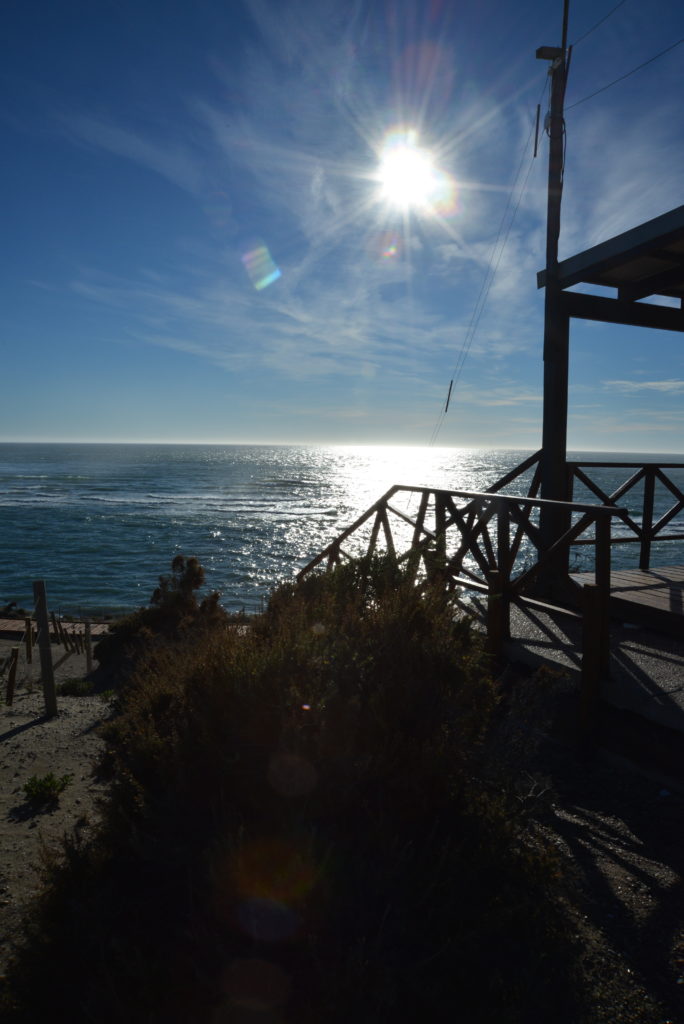
The Attack Channel is a restricted access area for PROFESSIONAL PHOTOGRAPHERS AND FILM CREWS ONLY. You MUST obtain a government Photographic/Film Permit before you arrive to access this strictly controlled area. You MUST be accompanied at all times by a Veedor (Overseer/Ranger) who ensures you adhere to the regulations, that you do not disturb the wildlife and that you remain within the designated area of your permit.
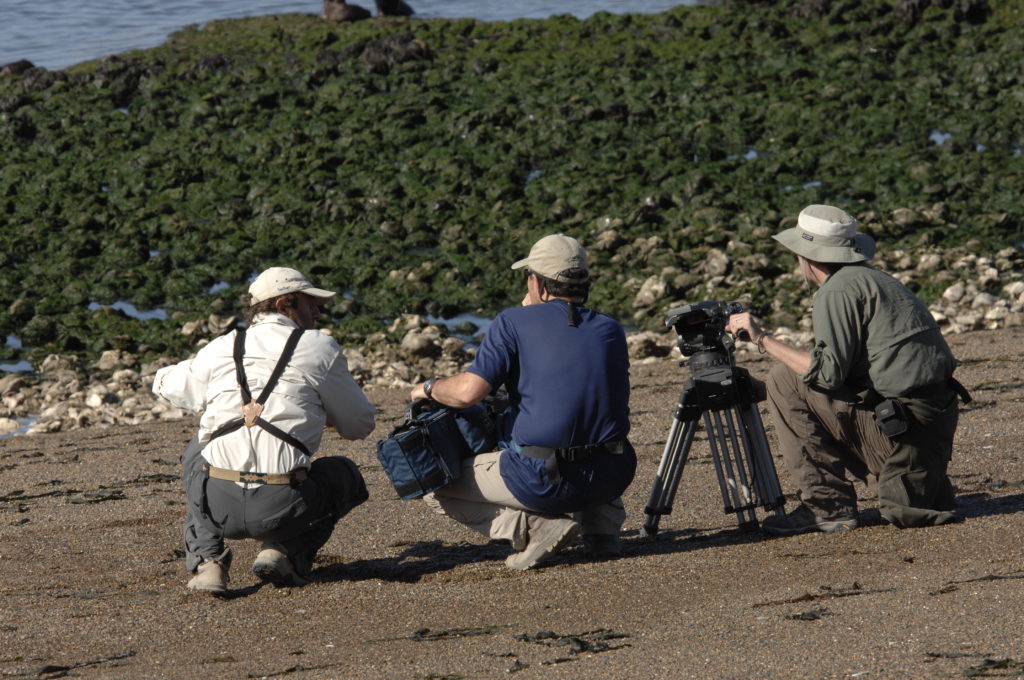
There are high costs associated for the Photographic Permit and the Overseer, but as these change each year, we suggest, that if you qualify to apply you contact the Government office directly. The Office website is: www.chubutur.gov.ar

~ What length lens should I bring to photograph the orca?
Regardless of where you photograph from (see the FAQ “Where can I photograph the orca from?”), you may wish to bring a range of lenses. If you have longer lenses (e.g., 400 mm +) these are helpful under certain circumstances, but as each photographer has individual styles, we suggest you bring lenses you like and are familiar with. If you are using longer lenses we suggest you also bring your tripod. The winds can be strong at Punta Norte so a sturdy model is recommended.
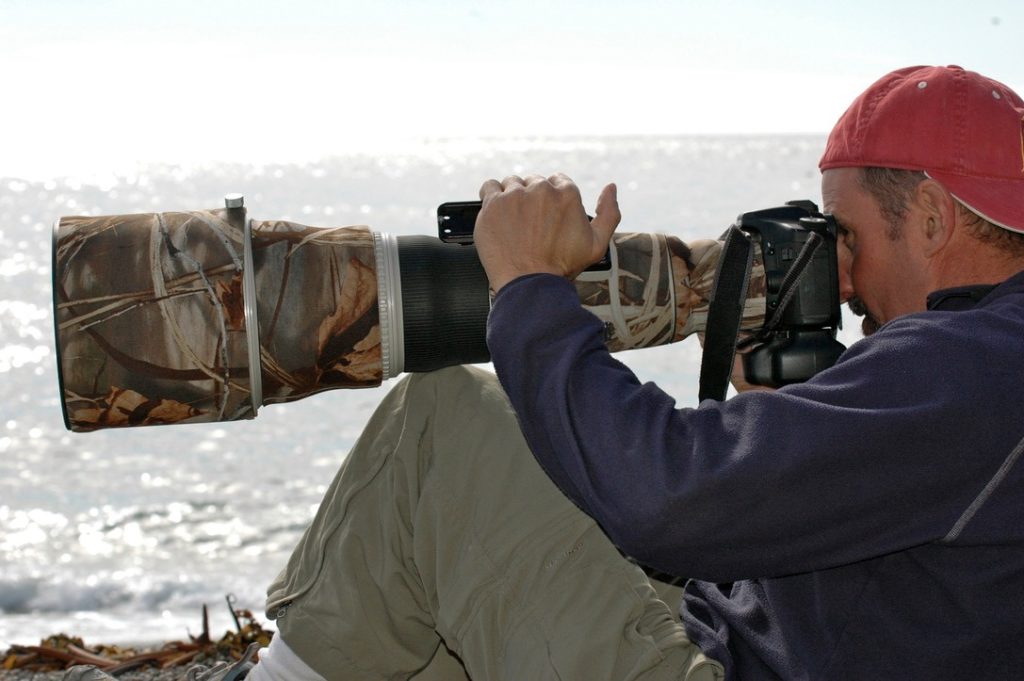
~ Do I need binoculars?
We highly recommend that you bring your own binoculars. It is worth investing in a good pair. Poor quality binoculars are like poor quality glasses – they are bad for your eyes and can give you headaches. Even if the orca strand right below El Mirador (The Lookout), binoculars will help ‘bring the event to you’. However, if they strand down at The Attack Channel (where the professional photographers have special permits to be – see our section on “Where can I photograph the orca?“.) you will want to have your own binoculars. Anyone can learn to use them – there are some great tutorials online. There is (sometimes) a single pair of ‘big eyes’ at El Mirador, but remember that there may be other people there who want to see something at the exact same moment that you do, so you may miss out if you are relying on using them.
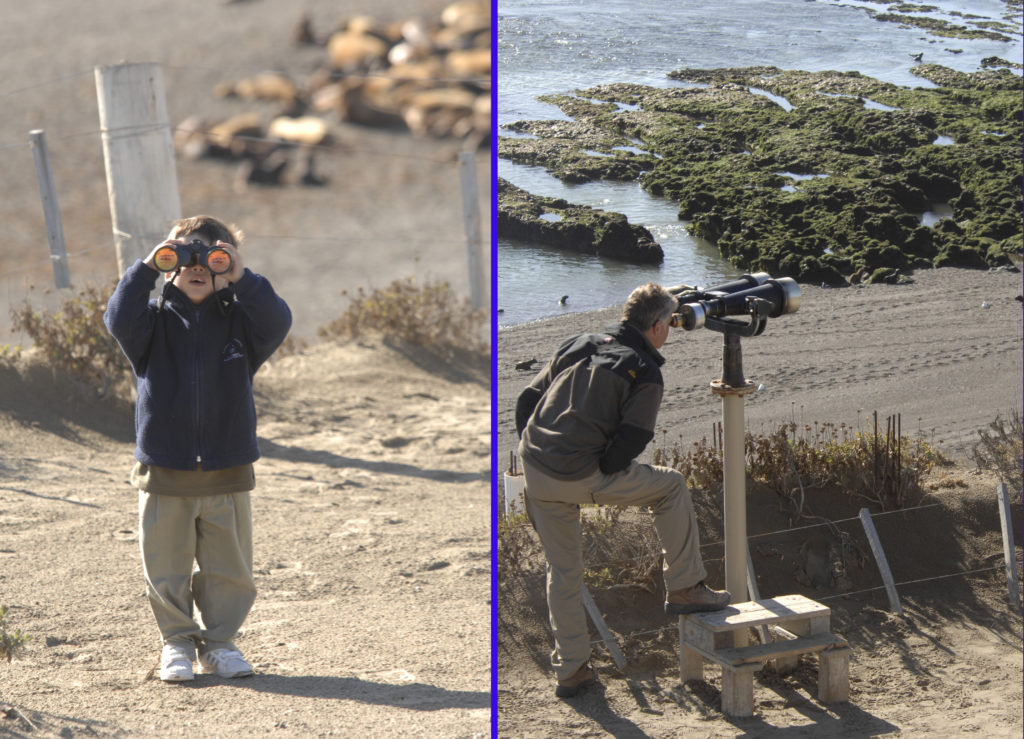
~ How many orca can I expect to see?
The number of orca seen on any given day (and even in each season) varies. We recommend you follow us on facebook and instagram to get our updates on sightings including the number of orca. Also, you may want to download our ID Catalogue which has family trees, photographs of each orca and information about them.

~ Where do the orca go when they leave Punta Norte?
Nobody knows where the orca who intentionally strand on the beaches of Punta Norte go when they are not around Península Valdés. As part of our research, we have been gathering sightings for the past 16 years. If you see orca around South America, please contact us as you may have key information that will help unlock this puzzle.
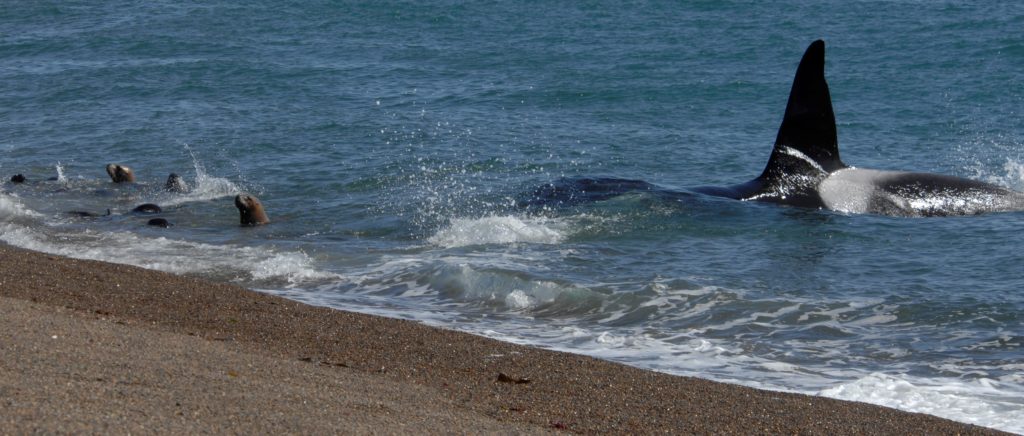
~ Can I do a tour with the Punta Norte Orca Research team to see the orca?
Unfortunately we cannot provide any tours. We are a Research organization and cannot, under the Regulations of our Permits, organize or take tours.

~ Can I come and work as a Volunteer or Research Assistant with the Punta Norte Orca Research team?
We recognise that many of you want to help out and that you may have skills that could support us and we are grateful for the interest in these remarkable animals. We too donate our time and skills to work on this project and understand the desire to help. Currently, unfortunately we do not have any positions available for volunteers or research assistants. If that situation changes we would post those positions on our facebook and instagram accounts.
In the meantime, we are always looking for supporters, so please join us on our social media. Perhaps you may also want to do an Internet/Web search for “volunteer marine mammal” as this may produce some surprising results for projects around the world. Searches such as “where can I work with dolphins or other marine animals” may lead to you some other projects where your help would be of great value.

~ How can I help the orca?
Please see our page dedicated to the topic of helping the orca.

~ Where are you located?
Please see our page describing where you can find us.
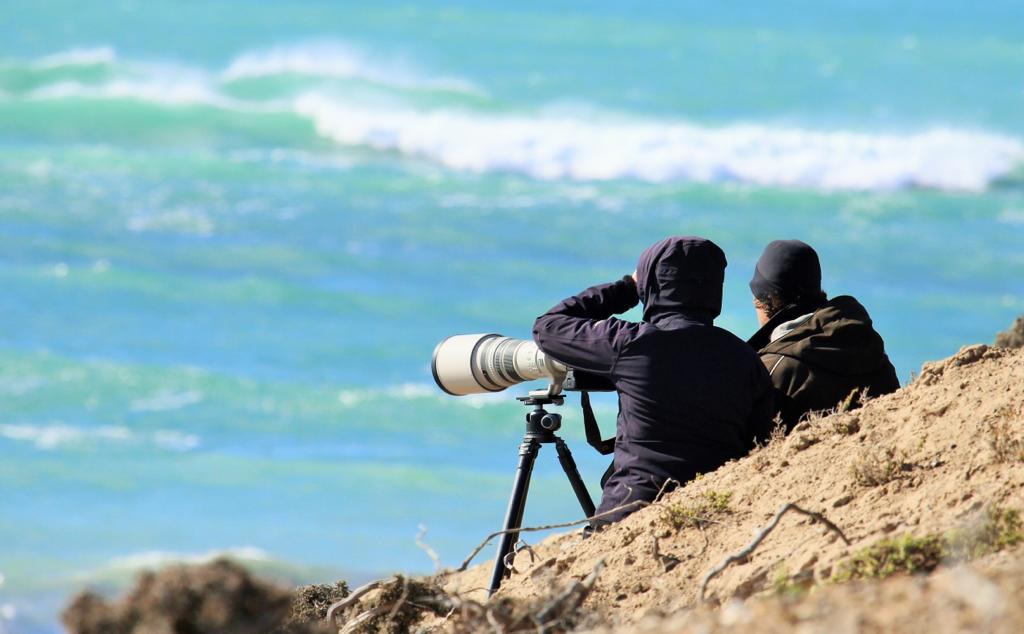
~ I want to study orca in the wild. Where can I go to study them?
There are many places around the world where you can study to be a Marine Mammal Biologist. Depending on where you live and where you want to study you may have a University or College nearby. We suggest you do an Internet/Web search for “Marine Mammal Biologist” and add the name of your local University, your town or your region to the search.
Additionally there are programs where you can pay to join an established research team to learn about field work – these programs are usually much shorter in duration than a College or University program (e.g., a week or a month). There are a number of such programs available, again, depending on where you live and how far you want to travel as well as what your budget is.
~ What other animals can I see at Punta Norte?
There is a wide range of animals that can be seen at Punta Norte (and on the drive to and from El Mirador. This is one of the reasons that Península Valdés is a Patagonian nature reserve and a UNESCO Heritage site. We have documented at least five species of marine mammals (orca, Southern right whale, South American fur seal, South American sealion and elephant seal) as well as at least 10 species of terrestrial mammals and more than 60 species of birds around Punta Norte. To learn when is the best time to see some of these species, please see the ‘Animal Calendar’ section of our Co-founder’s website.
